Grow Yacon at Home: Ever dreamt of harvesting sweet, juicy tubers right from your own backyard? Imagine the satisfaction of pulling up a plant and discovering a treasure trove of naturally sweet goodness! This isn’t just a pipe dream; it’s the reality you can achieve by learning how to grow Yacon at home.
Yacon, sometimes called the Peruvian ground apple, has a rich history rooted in the Andes Mountains, where it has been cultivated for centuries. Indigenous communities have long valued it for its nutritional benefits and delicious flavor. Now, you can bring this ancient superfood to your own garden!
Why should you bother with this DIY project? Well, for starters, Yacon is incredibly versatile. You can eat it raw, bake it, juice it, or even turn it into a natural sweetener. Plus, growing your own means you know exactly what’s going into your food – no pesticides or hidden ingredients. In today’s world, where healthy eating and sustainable living are more important than ever, learning to cultivate your own Yacon is a fantastic way to take control of your diet and connect with nature. I’m excited to share some simple, effective tricks and tips that will have you harvesting your own Yacon in no time!
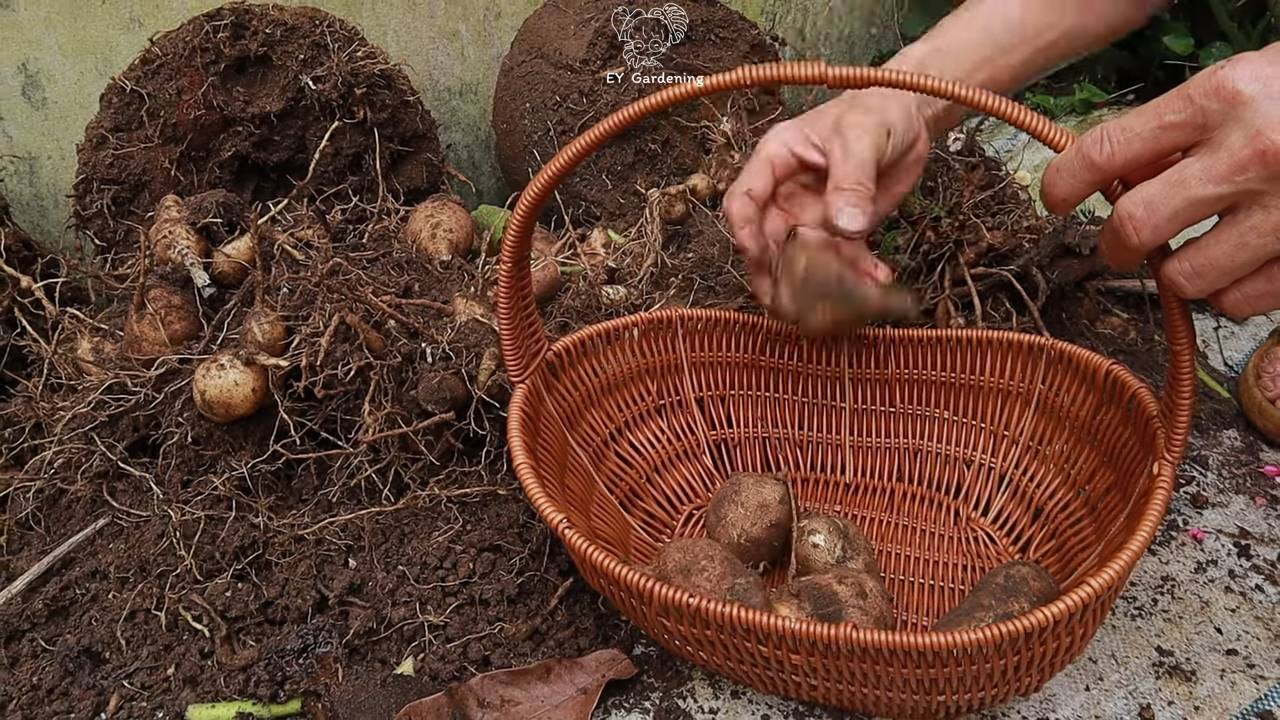
Growing Yacon: A Beginner’s Guide to This Amazing Root Vegetable
Hey there, fellow gardening enthusiasts! Have you ever heard of yacon? It’s this incredible root vegetable that’s naturally sweet, low in calories, and packed with prebiotics. I’ve been growing it for a few years now, and I’m absolutely hooked. It’s surprisingly easy to cultivate, even if you’re a beginner like I was. So, if you’re looking for a unique and rewarding addition to your garden, let’s dive into how to grow yacon at home!
What is Yacon, Anyway?
Before we get started, let’s quickly cover what yacon actually is. Yacon (Smallanthus sonchifolius) is a perennial plant native to the Andes Mountains of South America. It produces two types of edible roots:
* Rhizomes: These are the small, knobby roots near the surface of the soil. They’re used for propagation, meaning you plant them to grow new yacon plants.
* Storage Roots: These are the large, tuberous roots that you harvest and eat. They’re crisp, juicy, and have a subtly sweet flavor that some compare to apples or pears.
Why Grow Yacon?
I know what you’re thinking: “Why should I bother growing yacon when I can just buy it?” Well, here’s why I think it’s worth the effort:
* Unique Flavor: The taste is unlike anything else you’ll find in your garden. It’s a refreshing and naturally sweet treat.
* Health Benefits: Yacon is a great source of prebiotics, which are beneficial for gut health. It’s also low in calories and has a low glycemic index, making it a good option for people watching their blood sugar.
* Easy to Grow: Seriously, yacon is surprisingly low-maintenance. Once it’s established, it pretty much takes care of itself.
* Impress Your Friends: How many people do you know who grow yacon? You’ll be the coolest gardener on the block!
Getting Started: What You’ll Need
Okay, let’s get down to business. Here’s what you’ll need to grow yacon:
* Yacon Rhizomes: You can purchase these online from reputable seed companies or nurseries. Make sure they look healthy and have visible buds (eyes).
* Well-Draining Soil: Yacon prefers soil that’s rich in organic matter and drains well. Amend your soil with compost or aged manure if needed.
* Sunny Location: Yacon needs at least 6-8 hours of sunlight per day.
* Water: Yacon needs consistent moisture, especially during the growing season.
* Fertilizer (Optional): A balanced fertilizer can help boost growth, but it’s not essential.
* Gardening Tools: Shovel, trowel, watering can, etc.
Step-by-Step Guide to Growing Yacon
Alright, let’s get our hands dirty! Here’s a step-by-step guide to growing yacon:
1. Starting Rhizomes Indoors (Optional but Recommended)
Starting your yacon rhizomes indoors gives them a head start and can extend your growing season. I highly recommend this, especially if you live in a cooler climate.
1. Timing: Start your rhizomes indoors about 4-6 weeks before the last expected frost.
2. Containers: Use small pots (4-6 inches in diameter) filled with well-draining potting mix.
3. Planting: Place the rhizomes horizontally in the pots, with the buds (eyes) facing upwards. Cover them with about an inch of soil.
4. Watering: Water gently to moisten the soil, but don’t overwater.
5. Location: Place the pots in a warm, sunny location, such as a windowsill or under grow lights.
6. Care: Keep the soil consistently moist, but not soggy. The rhizomes should sprout in a few weeks.
2. Preparing the Garden Bed
While your rhizomes are sprouting indoors, it’s time to prepare your garden bed.
1. Location: Choose a location that receives at least 6-8 hours of sunlight per day.
2. Soil Preparation: Dig a hole about 12-18 inches deep and wide. Amend the soil with plenty of compost or aged manure. This will improve drainage and provide nutrients for your yacon plants.
3. Spacing: Yacon plants can get quite large, so space them about 3-4 feet apart.
3. Transplanting Seedlings (or Planting Rhizomes Directly)
Once the danger of frost has passed and your seedlings have a few sets of leaves, it’s time to transplant them into the garden. If you didn’t start them indoors, you can plant the rhizomes directly into the garden at this time.
1. Hardening Off (If Transplanting): Before transplanting, gradually acclimate your seedlings to outdoor conditions by placing them outside for a few hours each day, increasing the time each day. This will help them adjust to the sun and wind.
2. Planting: Dig a hole slightly larger than the root ball of your seedling (or the size of your rhizome). Gently remove the seedling from its pot and place it in the hole. If planting a rhizome, place it horizontally with the buds facing upwards.
3. Backfilling: Fill the hole with soil and gently pat it down.
4. Watering: Water thoroughly after planting.
4. Ongoing Care
Now that your yacon plants are in the ground, here’s how to care for them:
1. Watering: Yacon needs consistent moisture, especially during the growing season. Water deeply whenever the soil feels dry to the touch.
2. Fertilizing (Optional): If you want to give your yacon plants a boost, you can fertilize them with a balanced fertilizer every few weeks. Follow the instructions on the fertilizer package. I usually use a liquid seaweed fertilizer.
3. Weeding: Keep the area around your yacon plants free of weeds. Weeds can compete with your yacon plants for nutrients and water.
4. Mulching: Apply a layer of mulch around your yacon plants to help retain moisture, suppress weeds, and regulate soil temperature. I like to use straw or wood chips.
5. Staking (Optional): Yacon plants can get quite tall and top-heavy, so you may need to stake them to prevent them from falling over. Bamboo stakes or tomato cages work well.
5. Harvesting Yacon
This is the most exciting part! You can harvest your yacon roots in the fall, after the first frost. The frost signals the plant to stop growing and start storing energy in the roots.
1. Timing: Wait until after the first frost to harvest your yacon roots.
2. Digging: Carefully dig around the base of the plant, being careful not to damage the roots.
3. Lifting: Gently lift the plant out of the ground.
4. Separating: Separate the storage roots (the large, tuberous roots) from the rhizomes (the small, knobby roots).
5. Curing: Cure the storage roots for a few days to a week in a cool, dry place. This will help them sweeten up and improve their flavor. I usually leave them in my garage.
6. Storing: Store the cured storage roots in a cool, dark place, such as a root cellar or refrigerator. They should last for several months. The rhizomes can be stored in slightly damp peat moss in a cool, dark place until spring.
Troubleshooting
While yacon is generally easy to grow, here are a few potential problems you might encounter:
* Pests: Slugs and snails can sometimes be a problem. Use slug bait or handpick them off the plants.
* Diseases: Yacon is generally disease-resistant, but root rot can occur in poorly drained soil. Make sure your soil drains well.
* Lack of Sunlight: If your yacon plants aren’t getting enough sunlight, they may not produce as many roots. Make sure they’re in a sunny location.
Enjoying Your Yacon Harvest
Now that you’ve harvested your yacon, it’s time to enjoy the fruits (or rather, roots) of your labor! Here are a few ways to eat yacon:
* Raw: Peel and slice the roots and eat them raw. They’re crisp, juicy, and refreshing.
* Salads: Add sliced yacon to salads for a sweet and crunchy element.
* Stir-fries: Add diced yacon to stir-fries for a slightly sweet and savory flavor.
* Baked: Bake yacon like you would a sweet potato.
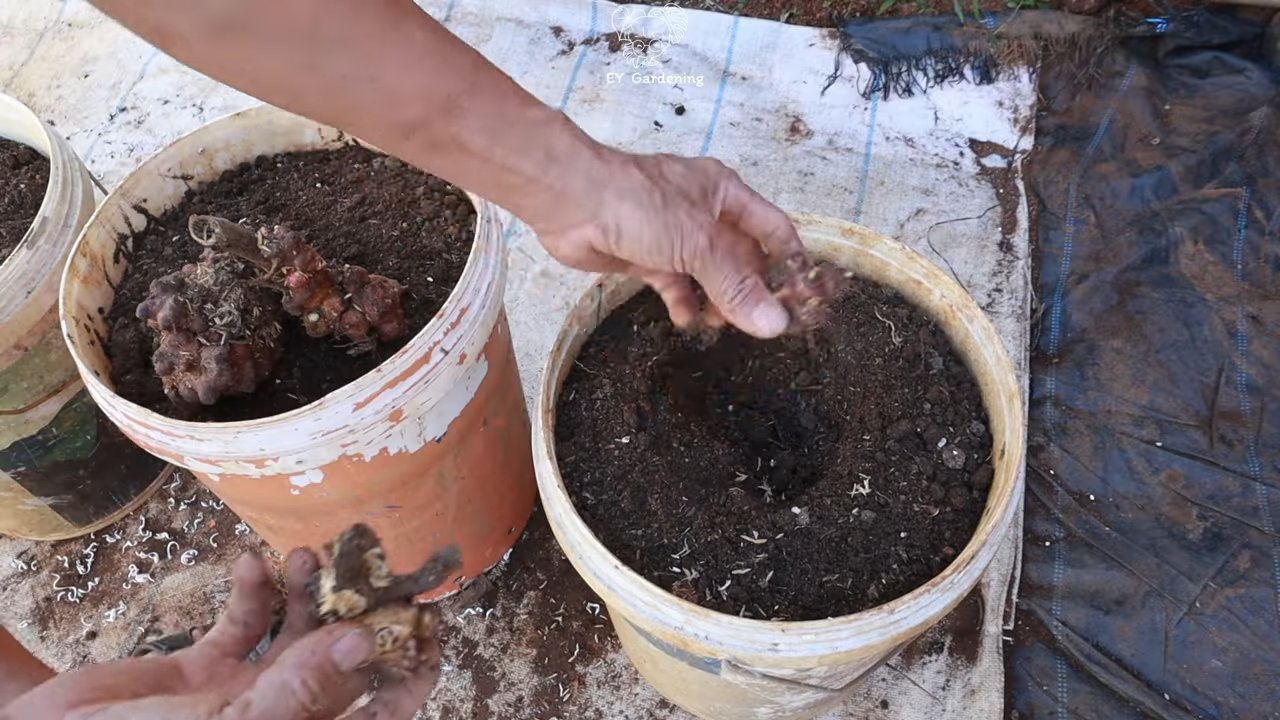
Conclusion
So, there you have it! Growing yacon at home is not only achievable, but it’s a deeply rewarding experience that connects you to the source of your food in a tangible way. Forget the limited selection and often inflated prices at specialty stores; with a little patience and the right approach, you can cultivate your own supply of this delicious and incredibly versatile root vegetable.
The benefits extend far beyond just having fresh yacon on hand. Think about the satisfaction of nurturing a plant from rhizome to harvest, the joy of sharing your homegrown bounty with friends and family, and the peace of mind knowing exactly where your food comes from and how it was grown. Plus, you’ll be adding a unique and beneficial plant to your garden ecosystem.
But the real magic lies in the taste and versatility of yacon itself. Whether you’re enjoying it raw for its crisp, subtly sweet flavor, incorporating it into salads for a refreshing crunch, or experimenting with cooked preparations like roasted yacon fries or yacon syrup, you’ll discover a whole new world of culinary possibilities.
Don’t be afraid to experiment with different growing techniques to find what works best for your climate and garden conditions. Consider trying container gardening if you have limited space, or exploring different soil amendments to optimize your yacon’s growth. You could even try growing different varieties of yacon, if you can source them, to compare their flavors and textures.
Growing yacon at home is more than just a gardening project; it’s an investment in your health, your well-being, and your connection to the natural world. It’s a chance to learn, to grow, and to savor the fruits (or rather, the roots!) of your labor.
We wholeheartedly encourage you to give this DIY trick a try. Start small, be patient, and don’t be afraid to ask questions. And most importantly, share your experiences with us! We’d love to hear about your successes, your challenges, and your creative ways of using your homegrown yacon. Share your photos, your recipes, and your tips in the comments below. Let’s build a community of yacon enthusiasts and inspire others to discover the joys of growing this amazing plant at home. Happy gardening!
Frequently Asked Questions (FAQ)
What exactly is yacon, and why should I grow it?
Yacon (Smallanthus sonchifolius) is a perennial plant native to the Andes region of South America. It’s cultivated for its large, tuberous roots, which are sweet and crunchy, similar in texture to an apple or pear. Yacon is a great source of fructooligosaccharides (FOS), a type of prebiotic fiber that promotes gut health. It’s also relatively low in calories and has a low glycemic index, making it a good choice for people managing their blood sugar levels. Growing yacon at home allows you to have a fresh, readily available supply of this healthy and delicious vegetable, often at a fraction of the cost of buying it in stores. Plus, you get the satisfaction of growing your own food!
How much space do I need to grow yacon?
Yacon plants can get quite large, reaching up to 6 feet tall and wide. Therefore, you’ll need to allocate sufficient space in your garden. A good rule of thumb is to provide each plant with at least 3-4 feet of space in all directions. If you’re growing yacon in containers, choose large pots that are at least 20 inches in diameter and depth. Container gardening is a great option if you have limited space or want to control the soil conditions more precisely.
When is the best time to plant yacon?
The best time to plant yacon is in the spring, after the last frost. Yacon is a warm-season crop and needs warm soil to thrive. If you live in a colder climate, you can start the rhizomes indoors a few weeks before the last frost to give them a head start. Plant the rhizomes horizontally, about 4-6 inches deep, with the buds facing upwards.
What kind of soil does yacon need?
Yacon prefers well-drained, fertile soil that is rich in organic matter. Amend your soil with compost or well-rotted manure before planting to improve its drainage and fertility. Yacon also prefers a slightly acidic soil pH, around 6.0 to 6.5. You can test your soil pH with a soil testing kit and amend it accordingly.
How often should I water yacon?
Yacon needs consistent moisture, especially during the growing season. Water deeply and regularly, especially during dry spells. Avoid overwatering, as this can lead to root rot. A good rule of thumb is to water when the top inch of soil feels dry to the touch. Mulching around the plants can help to retain moisture and suppress weeds.
Does yacon need full sun?
Yacon prefers full sun, meaning at least 6-8 hours of direct sunlight per day. However, it can tolerate some partial shade, especially in hotter climates. If you live in a very hot climate, providing some afternoon shade can help to prevent the plants from getting stressed.
How long does it take for yacon to mature?
Yacon typically takes 6-7 months to mature. You can harvest the tubers in the fall, after the foliage has died back. The foliage will turn yellow and brown as the plant matures.
How do I harvest yacon?
To harvest yacon, carefully dig around the base of the plant with a garden fork. Gently lift the plant out of the ground, being careful not to damage the tubers. The tubers will be attached to the base of the plant. Separate the tubers from the plant and brush off any excess soil.
How do I store yacon?
Yacon tubers can be stored in a cool, dark, and dry place for several months. A root cellar is ideal, but a cool basement or garage will also work. Avoid storing yacon in the refrigerator, as this can cause it to become bitter. Before storing, allow the tubers to cure for a few days in a well-ventilated area. This will help to toughen the skin and prevent rot.
Can I eat yacon raw?
Yes, yacon can be eaten raw. It has a crisp, refreshing flavor that is similar to an apple or pear. You can peel and slice yacon and eat it as a snack, or add it to salads or other dishes.
What are some other ways to use yacon?
Yacon can be cooked in a variety of ways. It can be roasted, grilled, stir-fried, or added to soups and stews. Yacon can also be used to make syrup, which is a natural sweetener that is lower in calories than sugar. To make yacon syrup, juice the tubers and simmer the juice until it thickens into a syrup.
Are there any pests or diseases that affect yacon?
Yacon is generally resistant to pests and diseases. However, it can be susceptible to slugs and snails, especially when the plants are young. You can protect your plants from slugs and snails by using slug bait or by hand-picking them off the plants. Root rot can also be a problem if the soil is poorly drained.
Can I grow yacon in containers?
Yes, you can grow yacon in containers. Choose large pots that are at least 20 inches in diameter and depth. Use a well-drained potting mix and water regularly. Container-grown yacon may need to be fertilized more frequently than yacon grown in the ground.
Where can I buy yacon rhizomes?
Yacon rhizomes can be purchased from online nurseries or garden centers. Look for reputable suppliers that offer healthy, disease-free rhizomes. You can also save rhizomes from your own plants to replant the following year.
Is growing yacon at home difficult?
No, growing yacon at home is not difficult, but it does require some patience and attention. With the right conditions and care, you can successfully grow yacon in your garden or in containers. The rewards of having your own fresh, homegrown yacon are well worth the effort. Don’t be afraid to experiment and learn as you go.
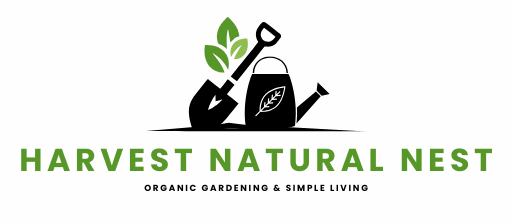
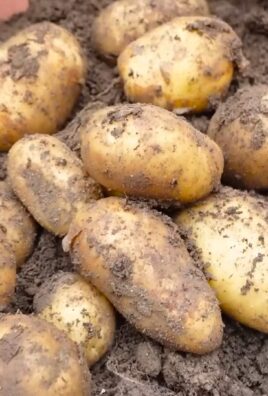
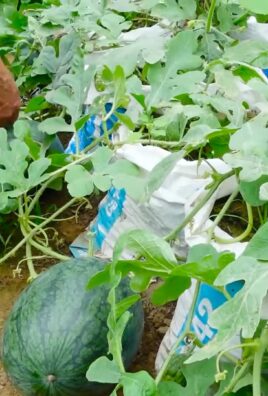
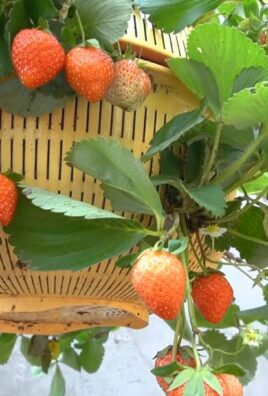
Leave a Comment